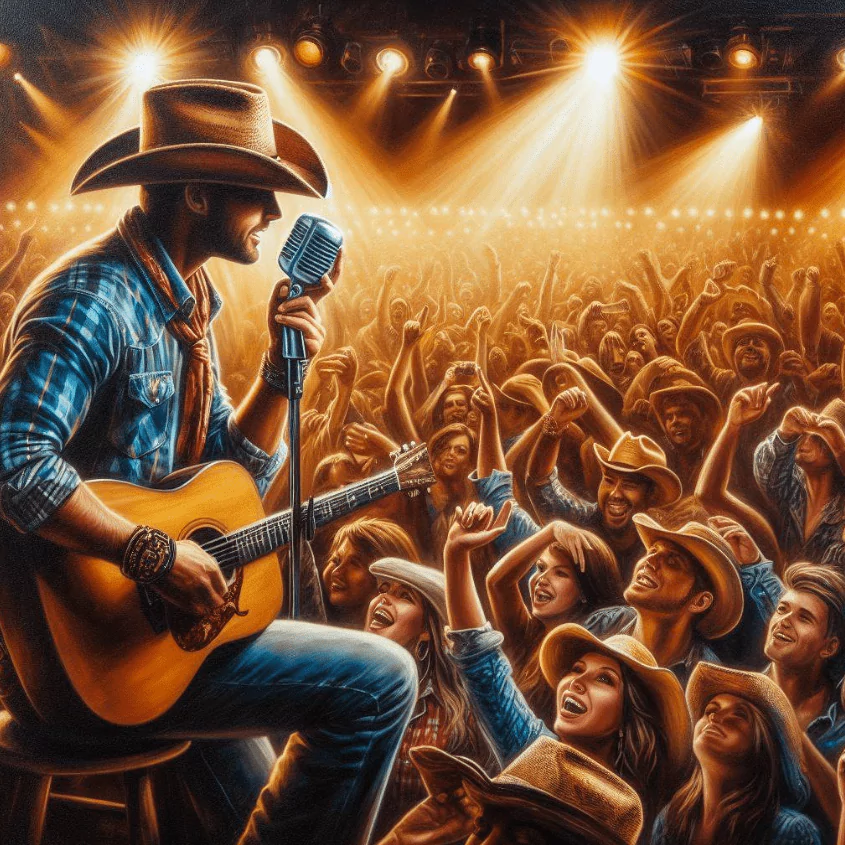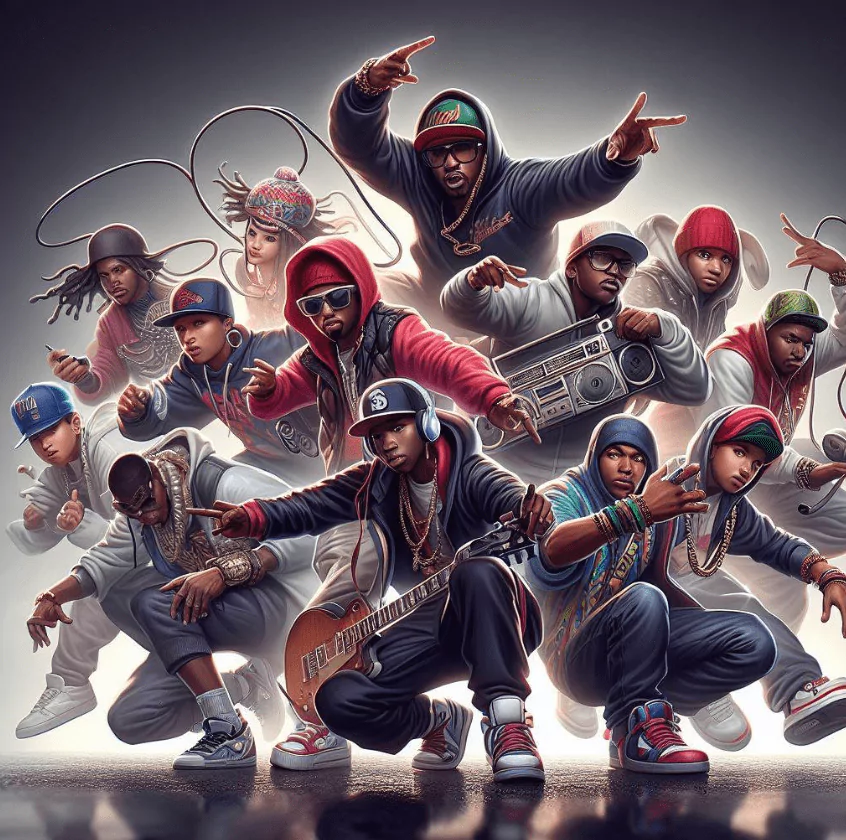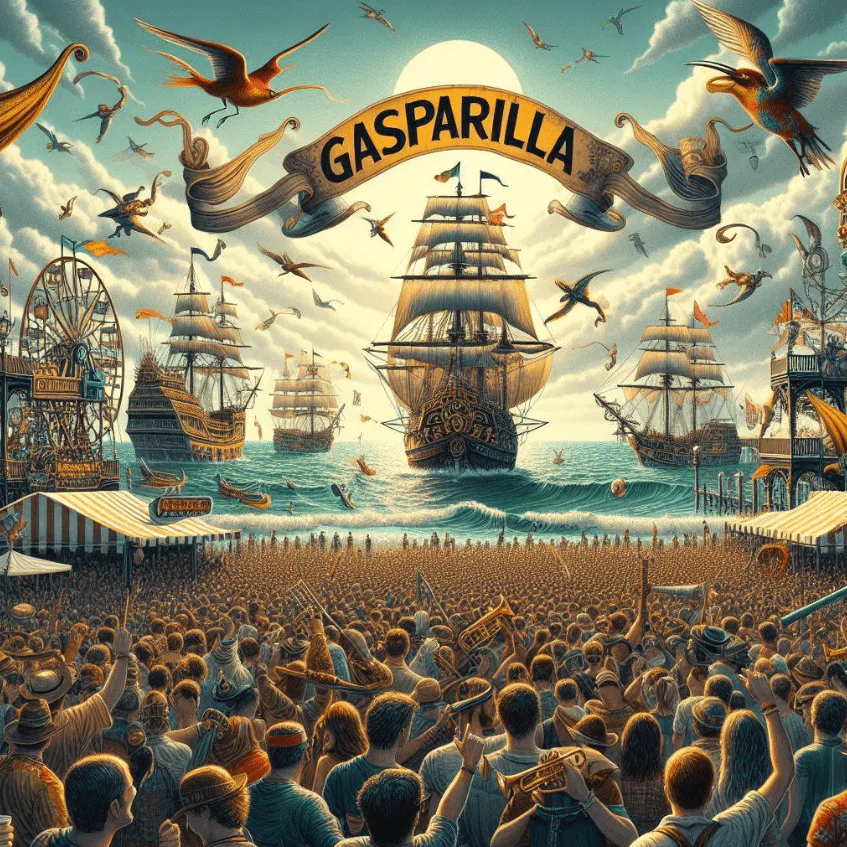The 1950’s would prove to be a melting pot of music like never before. Diversity was the state of affairs for this thriving nation and individuality would take center stage. This was the era that saw Rock and Roll music rise to supremacy, but it certainly did not stand-alone. Blues and R&B topped the charts with artists like Ella Fitzgerald, Nat King Cole, Muddy Waters and B.B. King. With The Great Depression and WWII behind them, middle-class Americans of the 1950’s were once again buying houses, cars, and lots and lots of records.
The 1950’s would prove to be a melting pot of music like never before. Diversity was the state of affairs for this thriving nation and individuality would take center stage. This was the era that saw Rock and Roll music rise to supremacy, but it certainly did not stand-alone. Blues and R&B topped the charts with artists like Ella Fitzgerald, Nat King Cole, Muddy Waters and B.B. King. Country and Western Music saw the rise of icons such as, Carl Perkins, Johnny Cash, Jerry Lee Lewis and Hank Williams. Gospel, rockabilly, pop, jazz and swing were still hanging strong. This was the decade that saw the major crossover of genres. Greats like Mario Lanza and Elvis Presley were some of the most successful crossover artists. Lanza first known for his classical style music topped the billboard charts in the 1950’s with his pop hit, Be My Love. The king of the crossover as well as the King of Rock and Roll, Elvis Presley crossed over several genres of music, including country, gospel and blues.
So what happened to the chart toppers of the 1940’s like Frank Sinatra, Billie Holiday, Perry Como and Bing Crosby? Well, the 1950’s were good to them as well. There was something for everyone and apparently enough to go around. The “crooners” of the previous decade were still going strong, especially in the early part of the decade.
A new consumer arrived on the scene in the mid 1950’s, and that changed the face of music forever. Teenagers were becoming the biggest record buyers and record companies were shifting their focus to this younger generation. These youngsters were not only tuning into radios at home but also in their cars. Radio D.J.’s were enjoying a celebrity level of success as well as the artists they promoted.
Poodle skirts and rolled up jeans replaced the straight skirt and suit and ties of the 1940’s and has since been identified with the Rock and Roll phenomenon of the 1950’s. New dances were introduced during this time. The ‘Twist’ and the ‘Jitterbug’ were taking America by storm. Chubby Checker helped popularize the ‘Twist’ with his hit of the same name. Televisions American Bandstand began its tenure in the 1950’s where these dances were showcased and became the rage of American teens.
New radio stations were popping up all across America. Rolling across the dial would allow you to tune into whatever genre you so desired. The early fifties served up feel good, wholesome lyrics to a Post War nation with squeaky-clean melodies from artists such as Pat Boone, Rosemary Clooney, Perry Como and Dinah Shore.
By the end of this decade we would be listening to a much different style of music from demonstrative musicians like Elvis Presley and Little Richard. It wasn’t so much that the lyrics were bold or rebellious; it was the style in which they were delivered that sent parents into such disapproving shock. Prior to the 1950’s, teenagers listened to the same music as their parents but with the introduction of Rock and Roll, kids were choosing their own music and forming their own ideals.
Rock & Roll probably stands out as the most defining genre of the decade but there is no purity in the genre itself. Its origins are a mixture of music styles that existed long before it came on the scene. Fortunately, American culture has continued to diversify and each genre that has existed since the early 1900’s has been sustained through freedom of expression. Artists that celebrate the various genres and lend their talents to each new generation satisfy the diversified musical appetites.
Each style of music speaks to a group of people. It moves them and serves to identify them with a time in history. Music tells the story of people, whether living in a time of war or peace, prosperity or poverty, self-expression or conformity. From its recordable beginnings, there is one theme that has been consistent however, and that is the expression of love. For centuries man has sung about longing for it, losing it, or gaining it.
Universal and timeless, no matter the instrument or the beat, the theme of love seems to be the crossover that everyone can relate to, and the 1950’s were no exception.






More Stories
Where to Find the Best Royalty Free house music!
Where to Find the Best Royalty Free country music Instrumentals!
Where to Find the Best Royalty Free Hip Hop Instrumentals!